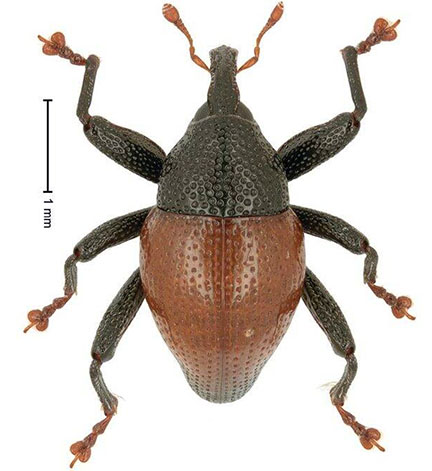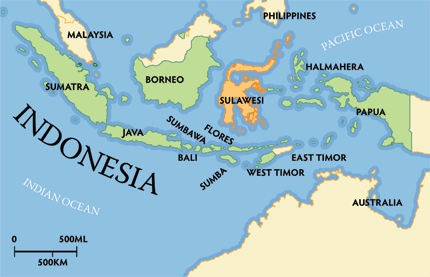Important Facts For Prelims
Trigonopterus Corona
- 26 Oct 2021
- 2 min read
Why in News
Recently, scientists have discovered a new species of beetle named Trigonopterus corona on the Indonesian island of Sulawesi.
- It is not the only insect species to be named after the pandemic. In April 2021, a new species of caddisfly (a moth-like insect) was collected near a stream in Kosovo, and named Potamophylax coronavirus.
Key Points
- It has been named on pandemic which reflects the large impact of the Covid-19 pandemic on this project.

- The researcher had been studying this genus (Trigonopterus) for the past 15 years and was delayed because Covid-19 pandemic hit.
- Trigonopterus is a hyperdiverse genus of flightless hidden-snout weevils (Cryptorhynchinae) ranging over the Indo-Australian-Melanesian archipelago.
- Weevils are often called flour bugs because that is where they are frequently found, they are a type of beetle with an elongated snout.
- The genus Trigonopterus originated in Northern Australia and rapidly diversified in New Guinea before colonizing Sulawesi and dispersing further west to Sundaland (a bio-geographical area of south-eastern Asia).
Island of sulawesi
- It is one of the four Greater Sunda Islands of Indonesia. It is a curiously shaped island with four distinct peninsulas that form three major gulfs, Tomini (the largest) on the northeast, Tolo on the east, and Bone on the south.
- The island group features the islands of Java, Sumatra, Borneo, and Sulawesi.
- The island is highly mountainous, with some active volcanoes, but there are large plains on the southern peninsula and in the south-central part of the island on which rice is grown.
- The highest peak is Mount Rantekombola, or Mario, at 11,335 feet.







